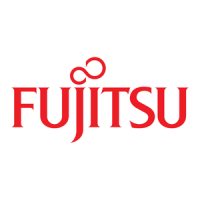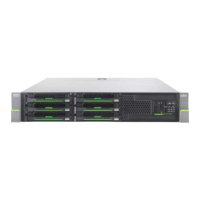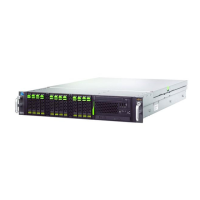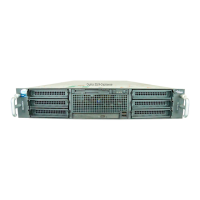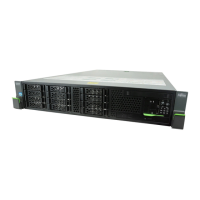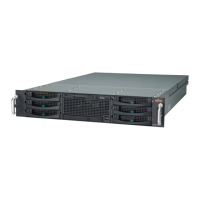1.8
Engineering Specications
In this secon:
1.8.1 Opcal Signal-to-Noise Rao Specicaons
1.8.2 L100 Specicaons
1.8.3 L110 Specicaons
1.8.4 L160 Specicaons
1.8.5 4x16 Splier/Coupler Specicaons
1.8.6 Pluggable Transceiver Modules
1.8.7 Power Specicaons
1.8.8 1FINITY Housing
1.8.9 C-Band Fequencies and Wavelengths
1.8.1
Optical Signal-to-Noise Ratio Specications
From Release 2.6, L100 Blade introduces an enhanced Opcal Signal-to-Noise Rao (OSNR) performance feature.
This feature provides improved levels of opcal power for both exible grid and xed 50-GHz applicaons with
the following benets:
■ Reachability is enhanced especially for signals greater than standard 50 GHz.
■ Signal quality is improved. The signal quality improves the Pre-FEC BER and provides enhanced network
resiliency to network transients.
The OSNR enhancement seng is at the NE level and is mainly for a new build network. System alarms against
any span level interface if the OSNR seng is dierent between spans (adjacent nodes). By default, OSNR
enhancement seng is disabled. In some cases, changing the OSNR seng on a running system may impact the
signal trac.
Note: Fujitsu recommends any change to the OSNR seng on a running system be performed during a
maintenance window.
Note: OSNR seng must be enabled in L100 Blade to support interoperability with L130 Blade.
Table 2
Example of OSNR Enhancement at 200 Gb/s Signal
Signal Type and Modulaon
Reach
OSNR Seng OFF (Default) OSNR Seng ON
75 GHz, 2A8PSK ■ Maximum reach: 1368 km
■ At 19-dB spans: 1368 km
■ Maximum reach: 1850 km
■ At 19-dB spans: 1824 km
50 GHz, 16QAM ■ Maximum reach: 770 km
■ At 19-dB spans: 760 km
■ Maximum reach: 840 km
■ At 19-dB spans: 836 km
System Description and Engineering
Engineering Specications
55
Release 19.1.1 · Issue 1.1, May 2021
Fujitsu and Fujitsu Customer Use Only
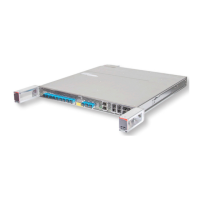
